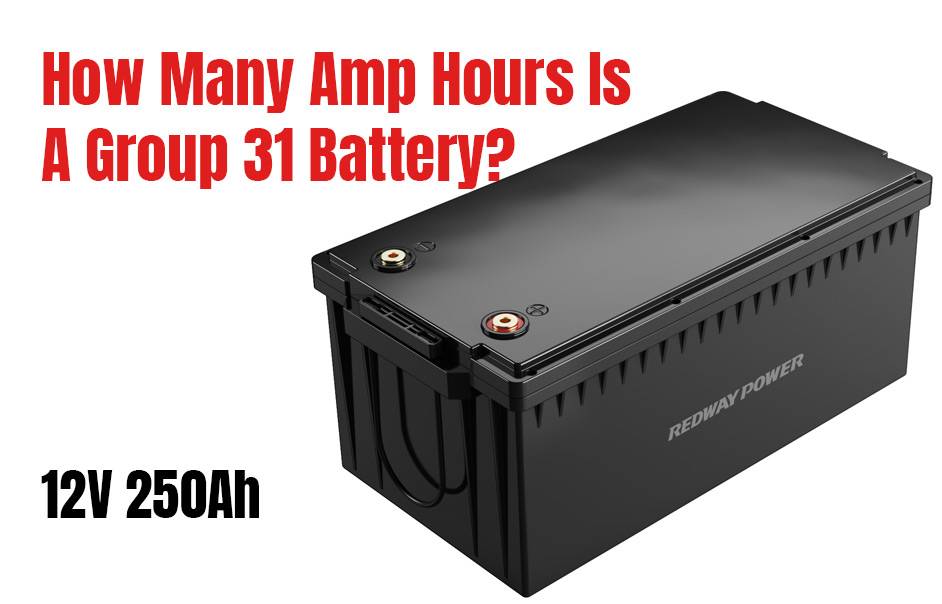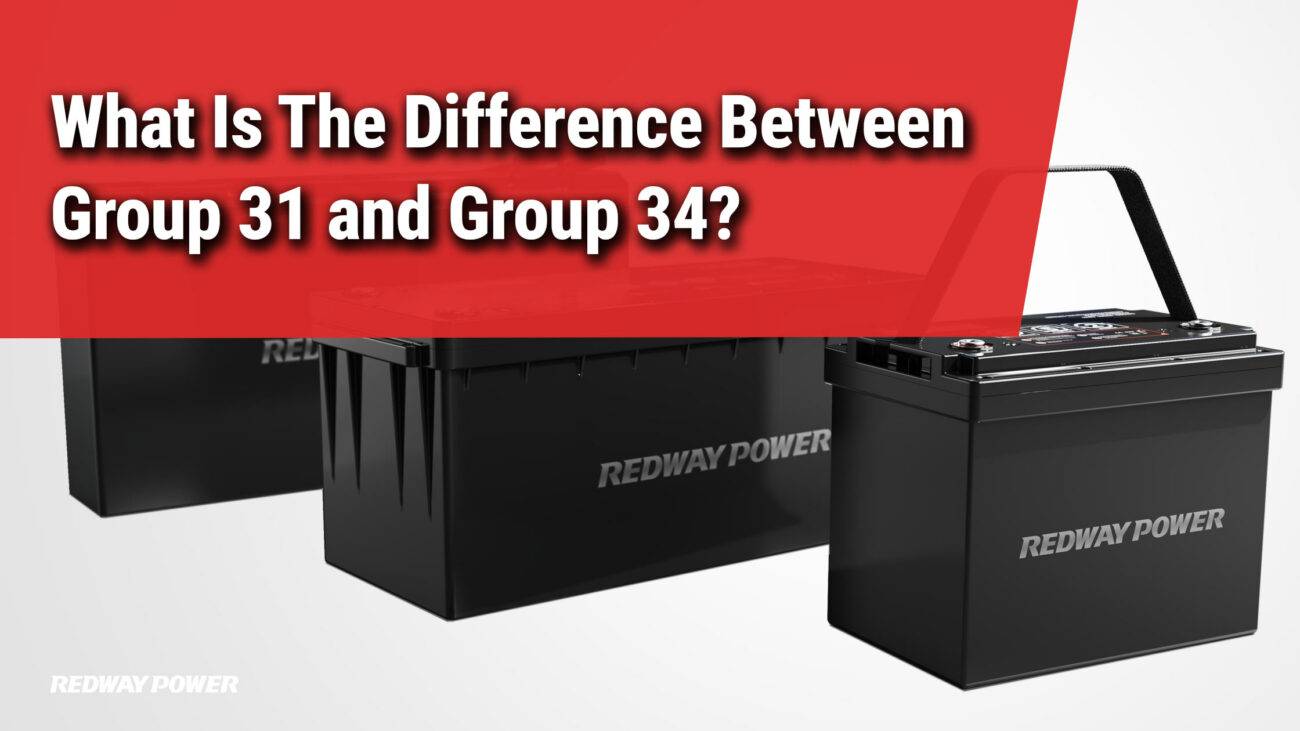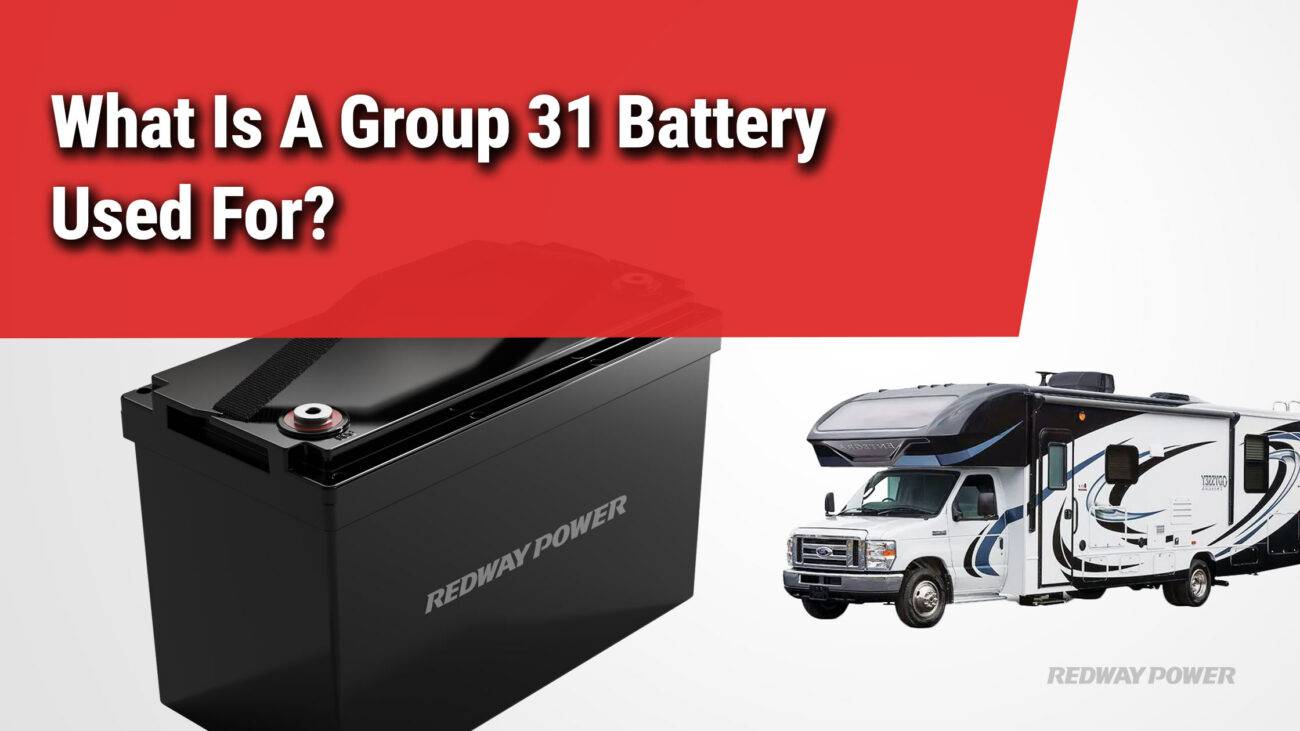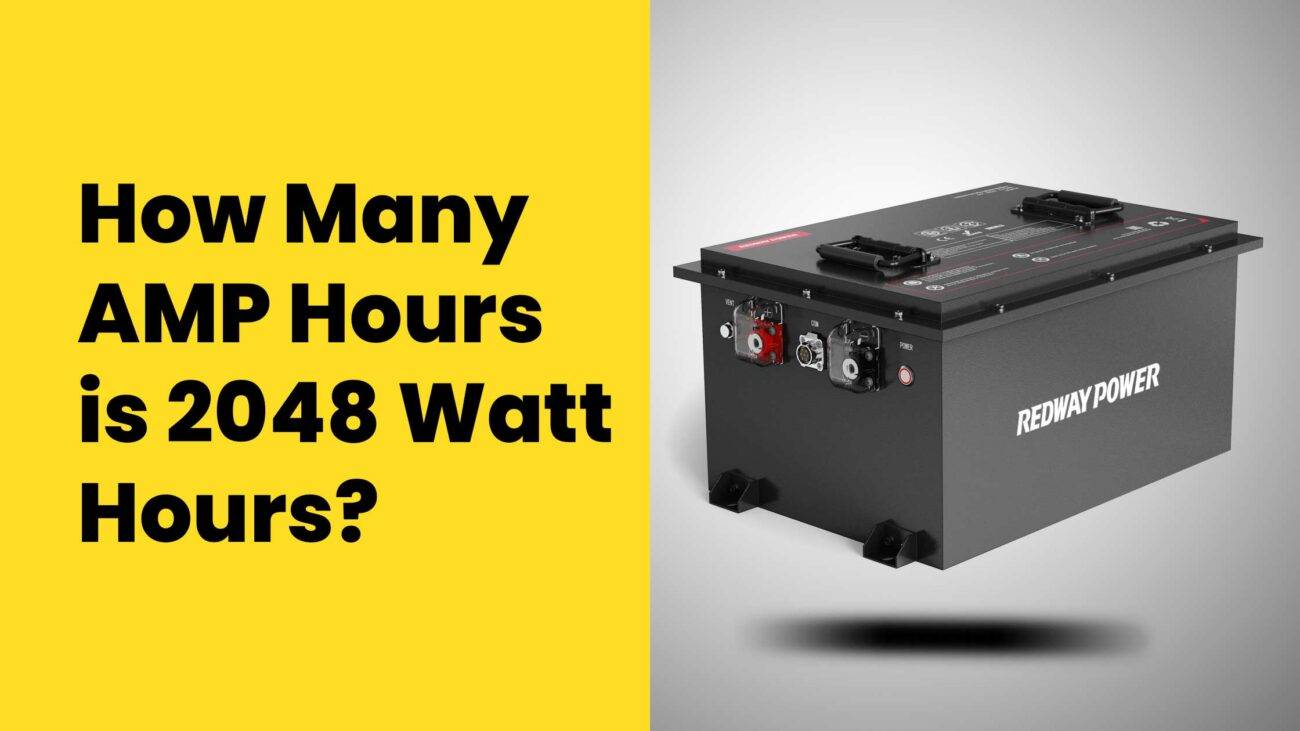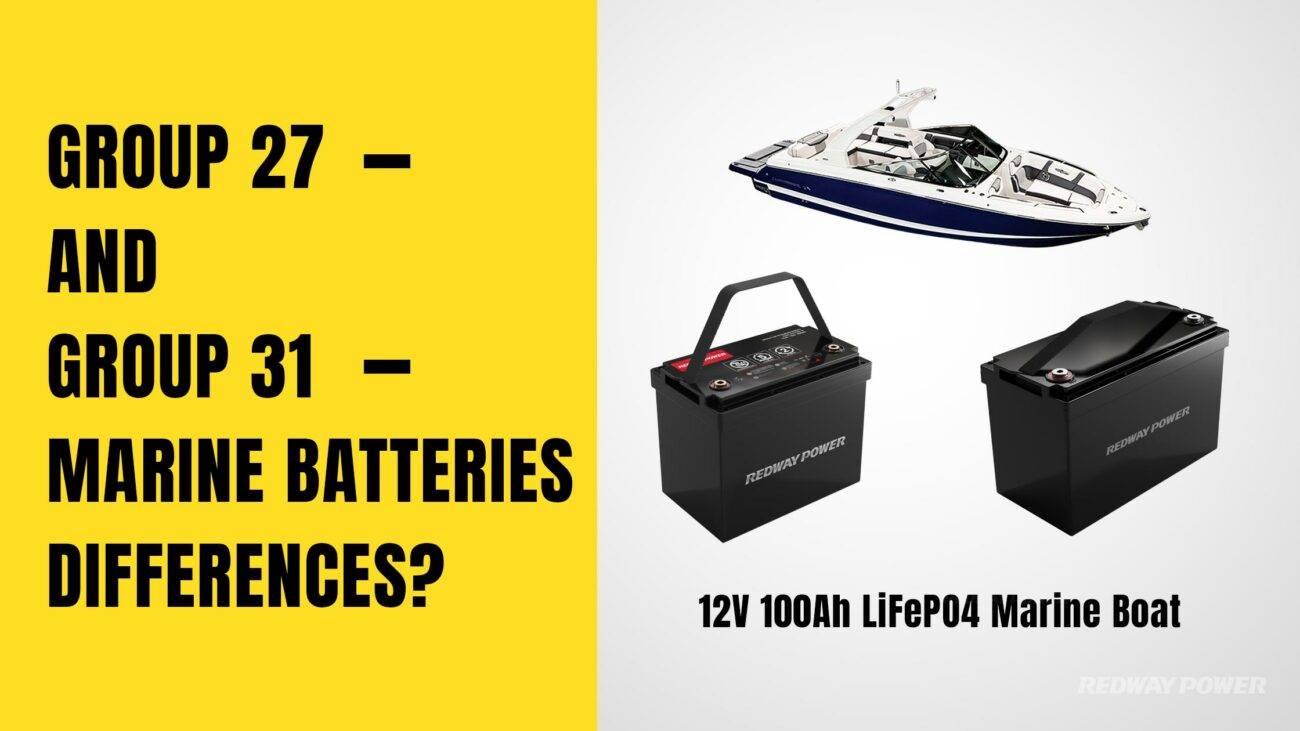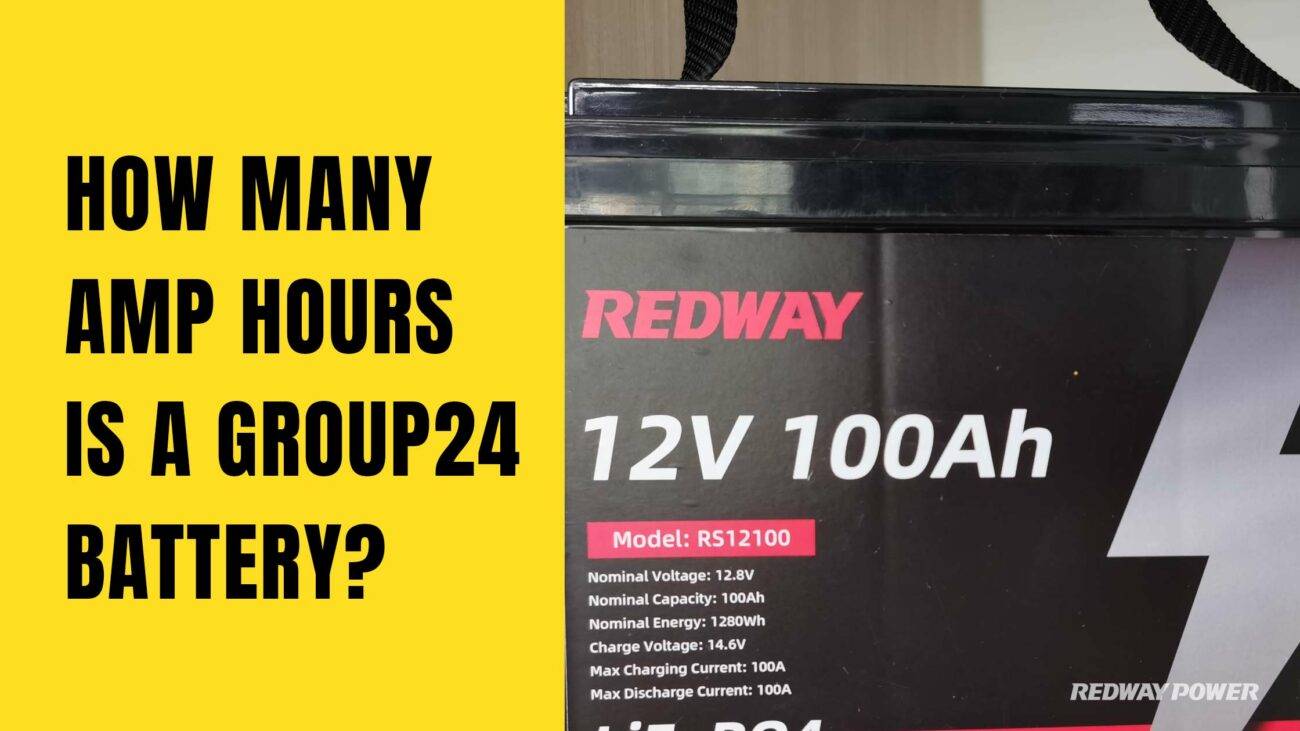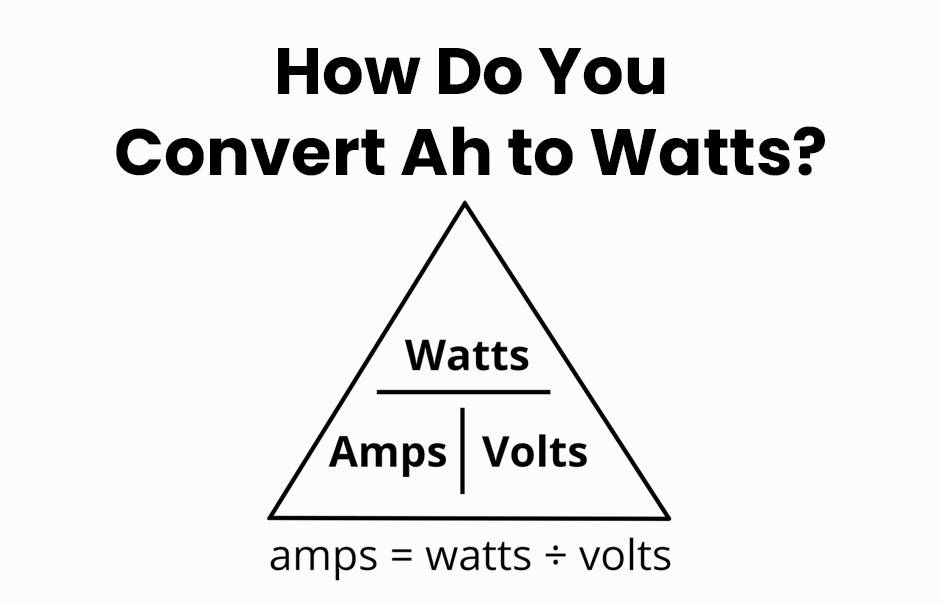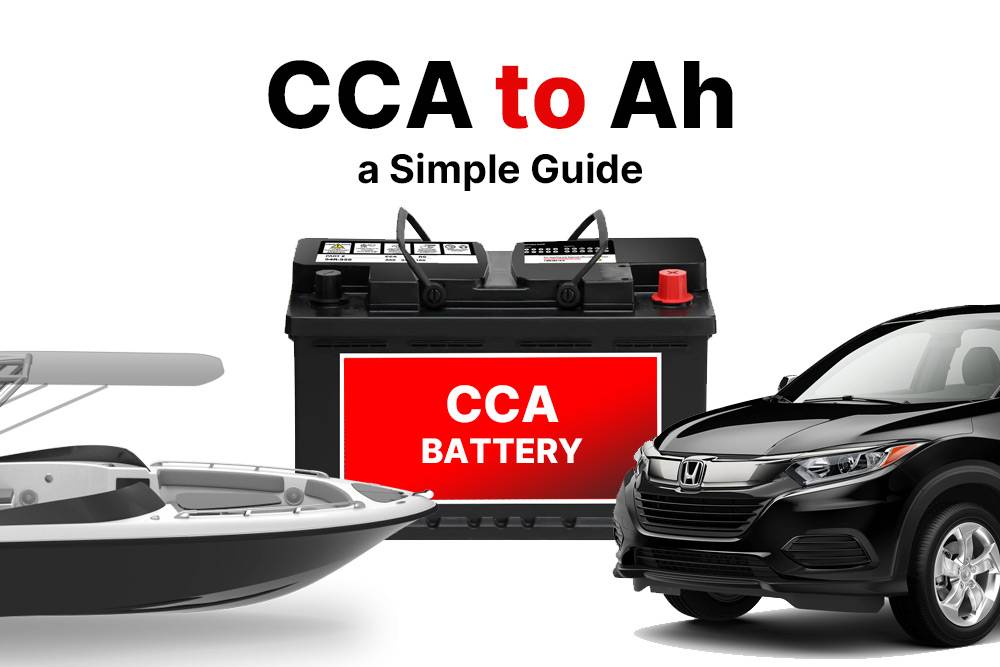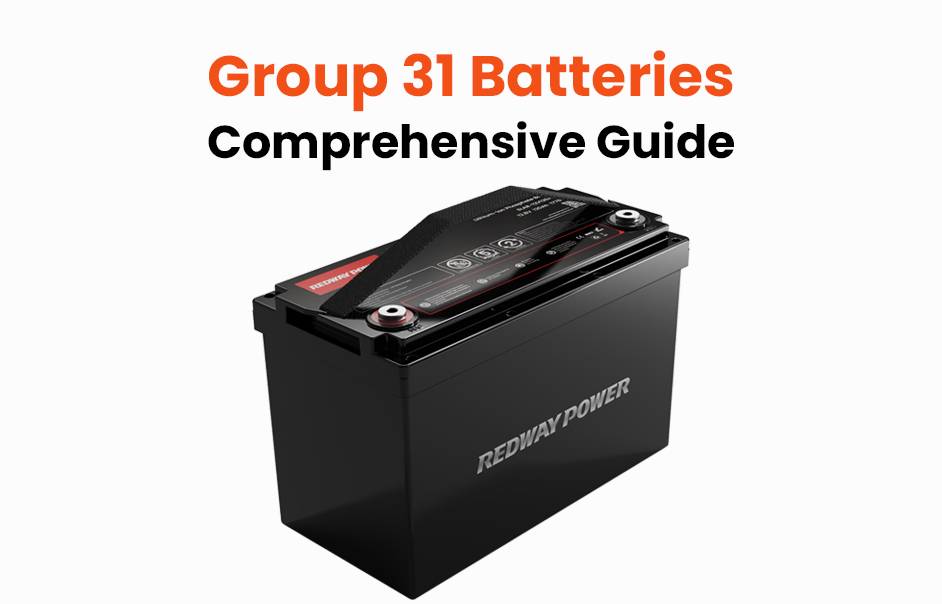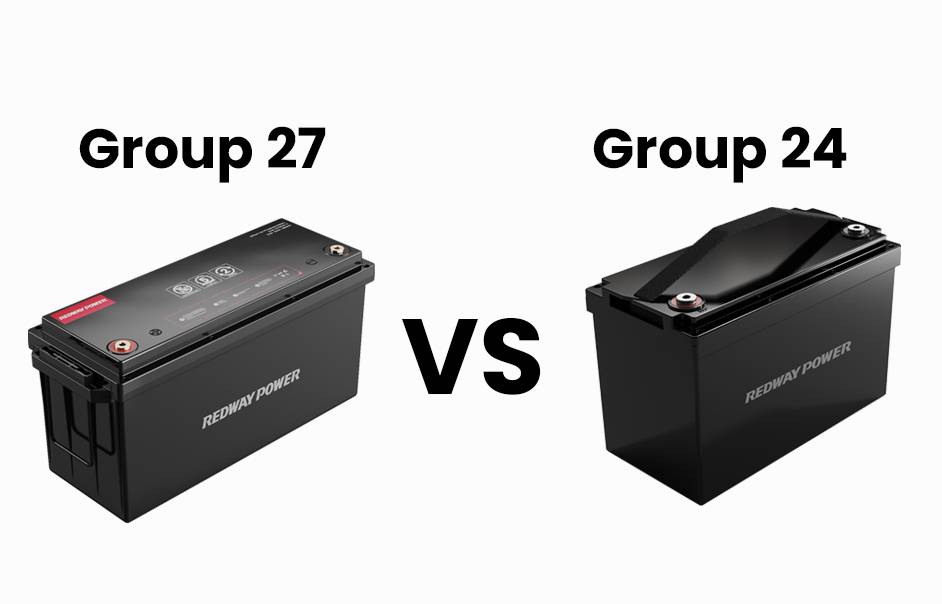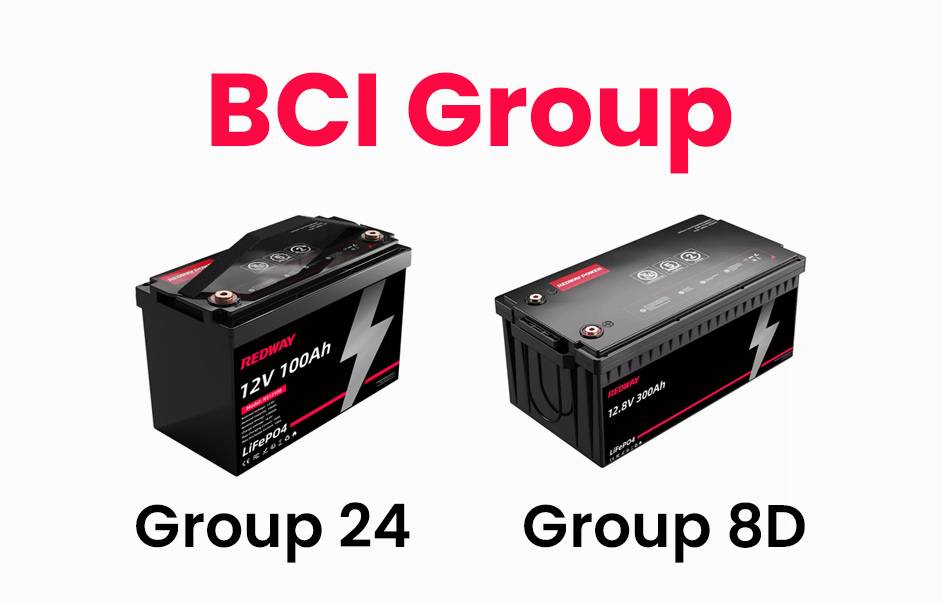Discover the versatility of Group 31 batteries and unravel the mystery of amp hours. Whether for outdoor adventures or reliable energy sources, understanding their capacity is vital. Let’s explore the power behind these batteries and how they can fuel your needs effectively.
Understanding Amp Hours
Amp hours (Ah) measure a battery’s capacity to deliver current over time. For example, a 100Ah battery can supply 1 amp for 100 hours. Higher Ah ratings mean longer run times. Consider your equipment’s power needs and environmental conditions when choosing a battery. Consult manufacturer guidelines for optimal performance. Understanding amp hours helps select the right battery for sustained power needs.
Amp hours (Ah) are a critical factor when selecting a battery, as they indicate how long it can supply power. Let’s break it down:
1. Capacity Measure: Ah tells you how much current a battery can provide over time. For instance, a 100Ah battery can deliver 1 amp for 100 hours.
2. Longer Run Times: Higher Ah ratings mean the battery can power devices for longer periods before needing a recharge.
3. Consider Your Needs: When choosing a battery, consider your equipment’s power requirements and how long you need it to run continuously.
4. Environmental Impact: Environmental conditions like temperature can affect battery performance, so factor these in when selecting a battery.
Understanding amp hours helps you choose the right battery to ensure your devices have power when you need them most.
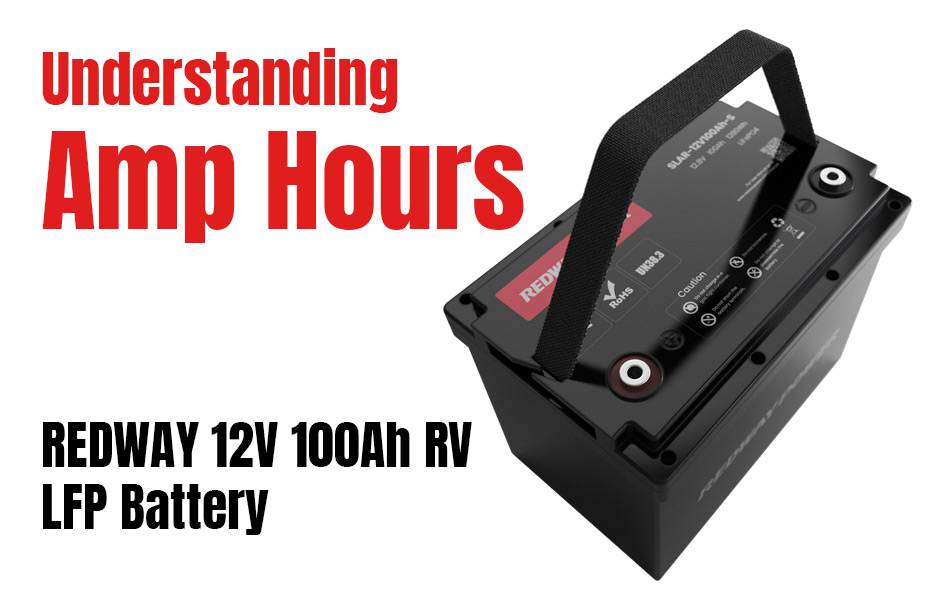
Factors that Affect Amp Hour Capacity
Factors like battery type, temperature, age, discharge rate, and charging methods impact amp hour capacity. Battery chemistry, such as lead-acid or lithium-ion, influences energy storage. Extreme temperatures affect performance. Aging batteries lose capacity. High discharge rates decrease amp hours. Proper charging prevents damage. Understanding these factors helps in choosing the right battery for longevity and performance.
Understanding the factors that influence amp hour capacity is crucial for choosing the right battery. Let’s break it down into simpler terms:
- Battery Type Matters: Different battery chemistries like lead-acid or lithium-ion have varying energy storage capacities. For instance, lithium-ion batteries typically have higher amp hour ratings than lead-acid batteries due to their advanced technology.
- Temperature Plays a Role: Extreme temperatures, whether hot or cold, affect a battery’s performance. In very cold conditions, batteries may discharge faster, reducing their overall capacity. It’s important to store and use batteries within the recommended temperature range for optimal results.
- Age and Maintenance Count: As batteries age, they naturally lose some of their ability to hold a charge, which impacts their amp hour capacity. Regular maintenance and testing can help identify when it’s time to replace an older battery with a new one to ensure reliable performance.
In conclusion, considering these factors helps in selecting a battery that offers the desired longevity and performance for your needs.
Amp Hour Ratings for Different Group 31 Batteries
When it comes to Group 31 batteries, the amp hour rating is crucial. Group 31 batteries vary in their ratings, with flooded lead-acid ones typically offering 90-105 AH, AGM batteries ranging from 100-130 AH, and lithium-ion batteries even higher, around 150 AH. Considering this, it’s essential to balance capacity and cost while ensuring the battery meets your specific needs.
Understanding amp hour ratings for different Group 31 batteries is important when choosing the right one for your needs. Here’s a breakdown of what amp hour ratings mean and how they vary among different types of Group 31 batteries:
- Amp Hour Ratings: Amp hour (AH) ratings indicate how much energy a battery can deliver over a specific period. Higher AH ratings generally mean longer-lasting power. Group 31 batteries come in various AH ratings, typically ranging from 90-150 AH.
- Battery Types: Group 31 batteries can be flooded lead-acid, AGM, or lithium-ion. Flooded lead-acid batteries are more affordable but have lower AH ratings, around 90-105 AH. AGM batteries offer higher AH ratings, ranging from 100-130 AH. Lithium-ion batteries have the highest AH ratings, often exceeding 150 AH.
- Considerations: When choosing a battery, it’s essential to balance AH ratings with factors like cost and performance. Higher AH batteries provide more power but come with a higher price tag. Consider your specific needs, such as the application and budget, to select the best Group 31 battery for your requirements.
Understanding these factors will help you make an informed decision when choosing a Group 31 battery, ensuring optimal performance and longevity for your applications.
Choosing the Right Group 31 Battery for Your Needs
Selecting the right Group 31 battery is vital for optimal performance. Consider factors like power requirements, size, terminal connections, durability, and brand reputation. Ensure the battery fits your equipment and meets your energy needs. Prioritize quality over cost for long-term value. Always check manufacturer recommendations before making a decision.
Here’s a breakdown of what to consider:
- Power Requirements: Determine how much power you need for your specific application. Look at the amp hour ratings, which indicate how much energy the battery can provide over time. Choose a battery that meets or exceeds your power needs.
- Size and Weight: Consider the dimensions and weight of the battery to ensure it fits properly in your equipment or vehicle. A battery that is too large or heavy may not fit or cause imbalance issues.
- Terminal Connections and Durability: Check the terminal connections to ensure they match your equipment for easy installation. Also, prioritize batteries with durable construction to withstand tough conditions like vibration and extreme temperatures.
By considering these factors, you can select the best Group 31 battery that meets your needs and ensures reliable performance.
Tips for Extending the Life of Your Group 31 Battery
From various sources, here are some simple tips to prolong your Group 31 battery’s life: Keep it clean, drive your car regularly, avoid extreme temperatures, check battery fluids, perform regular maintenance, and charge it fully. Remember, never partially charge AGM batteries. Following these practices can help maximize your battery’s lifespan.
Here’s how:
- Keep it clean: Regularly clean your battery terminals to prevent corrosion, which can lead to poor electrical connections and battery failure.
- Drive regularly: Driving your vehicle regularly helps keep the battery charged and prevents it from losing power due to lack of use.
- Avoid extreme temperatures: Extreme heat or cold can affect battery performance, so park your vehicle in a shaded area during hot weather and use a battery heater in cold climates.
- Check battery fluids: Periodically inspect the electrolyte levels in your battery and top up with distilled water if necessary to ensure proper functioning.
- Perform regular maintenance: Follow the manufacturer’s guidelines for maintenance, including checking the battery’s condition and tightening connections as needed.
- Fully charge the battery: Whenever possible, fully charge your battery to maintain its capacity and prevent sulfation, a common cause of battery failure.
- Never partially charge AGM batteries: Partially charging AGM (Absorbent Glass Mat) batteries can lead to decreased performance and lifespan. Always aim for a full charge to keep them functioning optimally.
By following these simple tips, you can ensure your Group 31 battery stays in top condition for longer, providing reliable power when you need it most.

